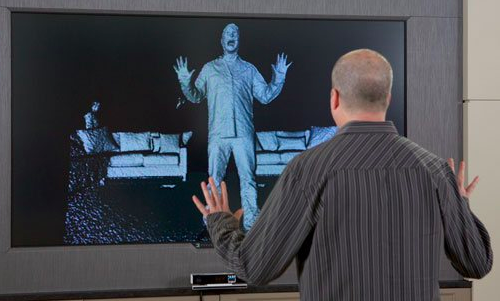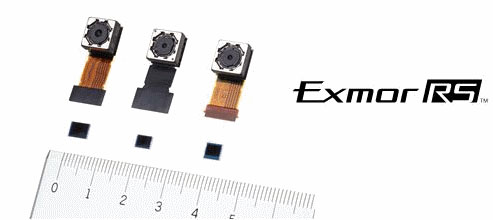Earlier today I posted a video on the Geekanoids Channel, which essentially was meant to be a bit of fun. However, on looking over the claims Apple made during their Keynote announcement of this technology, their video highlighting it and their website, it has made me question just how secure Touch ID is.
Essentially, this new technology is meant to provide iPhone 5s users a way of securing their device, which can then only be unlocked by their fingerprint(s). Supposedly much more secure than a password.
During the keynote presentation, Phil Schiller said that the sensor scans through the the LIVE layers of your skin. This was also highlighted during their video presentation on the feature, which adds that the sensor essentially takes a "high resolution image of your fingerprint from the sub-epidermal layers of your skin".
From the various claims, I would imagine many people, like myself, were convinced this offers a very high level of security. The words "Live Layers" surely mean that the finger unlocking the iPhone 5s has to be on a living person and not an inanimate object. Surely Apple had thought of this. According to Apple, Touch ID only works by taking a high resolution images of the "sub-epidermal layers of your skin". If this is the case, why does the technology get fooled by a hotdog (aka wiener, sausage, frankfurter)? Surely, the hotdogs that I purchased from the supermarket to make my video were not alive! They certainly were not barking, mooing, or clucking. If such manufactured objects can be used to fool the system, then surely identical objects could be used to unlock multiple devices. I can see it not being long before Touch ID is truly hacked and cracked.
I have brought this to Apples attention, giving them the right to reply, in the hope they will further explain the technology. If we get a reponse, the update will be published here.


